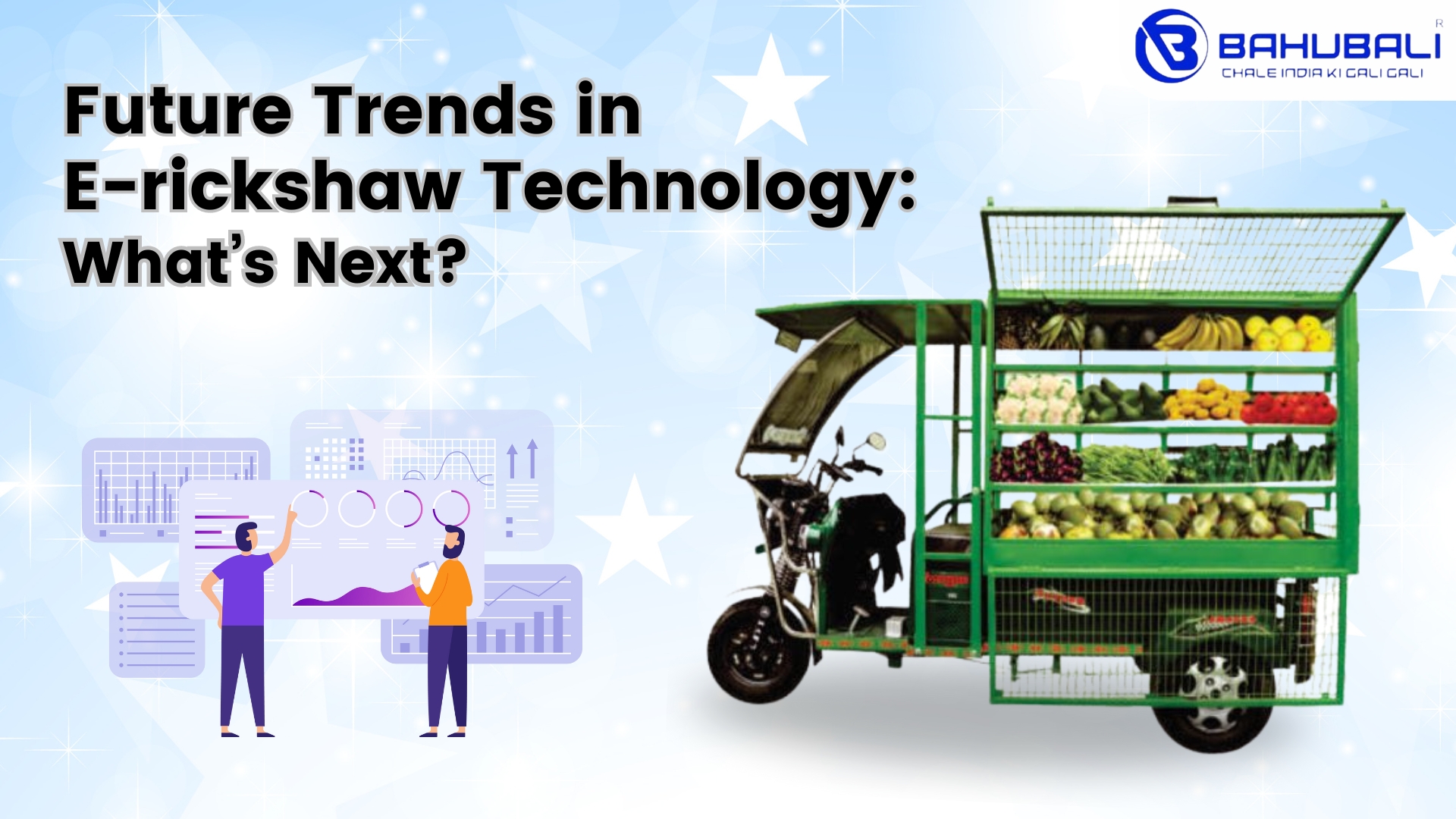
The little e-rickshaw, which was once a simple vehicle in design and function, has now become an important part of mobility options in large cities. It is particularly useful for short trips within busy urban areas, providing a way of transport that doesn’t emit pollution and can navigate through congested traffic. The steady rise in its popularity among both passengers and drivers indicates the positive impact it brings to daily life.
As we progress forward, there are many exciting advancements awaiting us that will change this eco-friendly means of transportation even more dramatically. Let’s explore what these could be:
E-rickshaw technology shows great potential with the inclusion of solid-state batteries. These new types of power providers present many improvements compared to conventional lithium-ion batteries; they have greater energy amount per volume, quicker recharging periods and better safety features.
Solid-state batteries employ a solid electrolyte rather than a liquid one, lessening chances for fire or explosion risks. This technology might improve the distance that e-rickshaws can travel by around 50%, making it easier for drivers to cover more ground without needing a recharge point often. Additionally, if solid-state batteries are known for being safer, this could lead to less strict rules and fresh markets in countries which have tough safety standards.
The e-rickshaw sector is ready for an alteration with the appearance of artificial intelligence. This new technology will improve efficiency and dependability, as route optimization algorithms powered by AI assist drivers in better navigating through congested city zones. This will help lessen travel durations and energy usage by considering current traffic information, weather situations, and even choices of passengers to propose best routes.
Also, machine learning-supported predictive maintenance will change the way e-rickshaws are taken care of. With the ability to examine data from different sensors in the vehicle, AI systems can foresee possible breakdowns before they happen. This would enable preventative upkeep and lessen periods when a vehicle cannot be used. Such technology might greatly prolong the life of e-rickshaws and enhance their dependability in general.
Picture an e-rickshaw which could charge itself while stationary or even when it is moving. This idea is coming true thanks to the creation of solar-powered canopies. These new roofs consist of adaptable, light solar panels that produce electricity for the vehicle’s battery.
Solar power alone might not be enough to completely charge an e-rickshaw, but it can certainly enhance the range of this vehicle notably. In areas with lots of sun, some models have demonstrated that they are capable of increasing an e-rickshaw’s reach by approximately 20% on a clear day. As solar panel effectiveness gets better, we anticipate seeing more and more use of this technology in designs for e-rickshaws.
The idea of regenerative braking is not fresh in electric vehicles, but in e-rickshaws it will be more sophisticated and productive. These systems catch the moving energy usually wasted while braking and change it to electrical power for recharging the battery. Later e-rickshaws are likely to have better regenerative brakes that can recover a larger amount of energy, which is beneficial especially in city traffic with frequent stopping and starting.
Newly developing designs include ultracapacitors, paired with batteries, for storing this recaptured energy in a more beneficial manner. This enables faster power delivery during acceleration and enhances total energy efficiency.
The next step for e-rickshaws is modular design. This means that they can be customized like never before and upgraded easily too. With this method, owners of e-rickshaws can adjust their vehicles to meet certain requirements or improve parts as technology progresses. For example, if a battery system was modular, it would let drivers change dead batteries fast with fully charged ones – no need for long charge times anymore!
In the same way, seating that is modular could help an e-rickshaw to switch quickly from carrying passengers to delivering cargo – this would make the e-rickshaw more varied in its uses. Flexibility like this won’t just improve how long an e-rickshaw lasts but also how well it can adjust to changes in what customers want and rules from authorities.
When we add Internet of Things (IoT) technology, e-rickshaws become smart vehicles that can communicate with each other, infrastructure, and passengers’ smartphones. Future e-rickshaws will have various sensors and communication tools in them to make this possible.
For those who use rickshaws, it could result in simpler booking, clearer cost details and better safety with functions such as emergency signals and driver grading. For people operating or designing urban areas, the data created by connected e-rickshaws will offer significant information on city movement habits. This can aid in making transport systems more effective while also lessening traffic jams.